Jaguar’s Special Vehicle Operations recreates its legendary Lightweight E-type

Jaguar Land Rover continues its push to the upper echelons of the market with the announcement of its most exclusive production car to date, the new Lightweight E-type. Built entirely by JLR's Special Vehicle Operations, a department dedicated to all kinds of customer requests, however outré, the Lightweight E-types make a neat bridge between the company's racing past and its ongoing expertise in the field of aluminium construction.
SVO gives the company license to embellish its designs and provide a more personal service. Within SVO sits another new venture, Jaguar Heritage, which will hand-make the cars in a new facility at Jaguar's historic Browns Lane site. Many marques maintain a close link with their heritage. Mercedes-Benz runs a Classic Centre in Fellbach, while Aston Martin Works in Newport Pagnell keeps post-war cars ticking over. Ferrari, Rolls-Royce, Bentley and more all keep tabs on the glories of their past. Actually recreating the past from scratch is a far more specialist occupation, usually the preserve of small workshops, deep pockets and an inner circle of collectors.
Jaguar can lay claim to some of the most significant sporting victories in motor racing history and the cars' that achieved then have ascended to legendary status. Few are more evocative than the original E-type, and few E-types are more collectable than the 196x Lightweight. Just 12 cars were made, out if a planned production run of 18, and today they are the Rothkos of the classic car market, scarce and hugely valuable.
Now the final six cars - and one prototype for itself - are being lovingly built from scratch by a dedicated team in Jaguar Heritage. Six lucky customers - all of whom have been carefully sourced - will soon be eligible for all manner of classic rallies and racing thanks to the rigorous attention to detail going into these 'new' cars, and the fact they'll bear the missing chassis numbers from the original run.
The original cars were pioneering in their use of aluminium and the six modern iterations have been derived from a carefully scanned original. The resulting digital model ensures absolute fidelity to the original design. Historic fidelity is everything, right down to the classic racing graphics (should the customer desire), ensuring these six cars are an authentic new chapter in the E-type story.
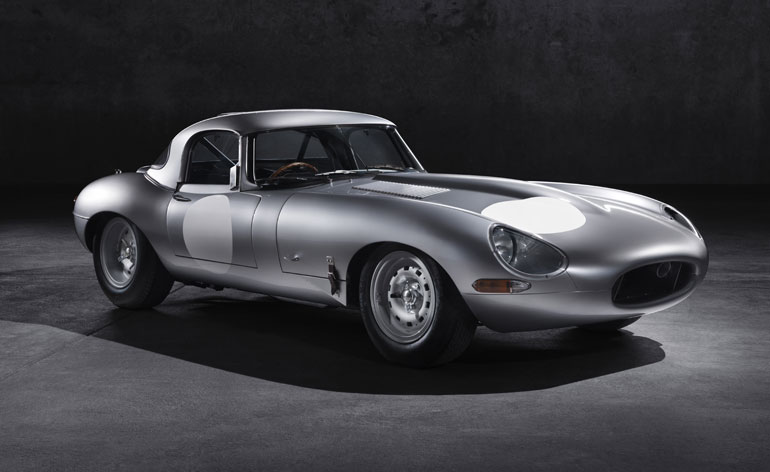
The Lightweight E-type bridges the company's racing past and its ongoing expertise in the field of aluminium construction
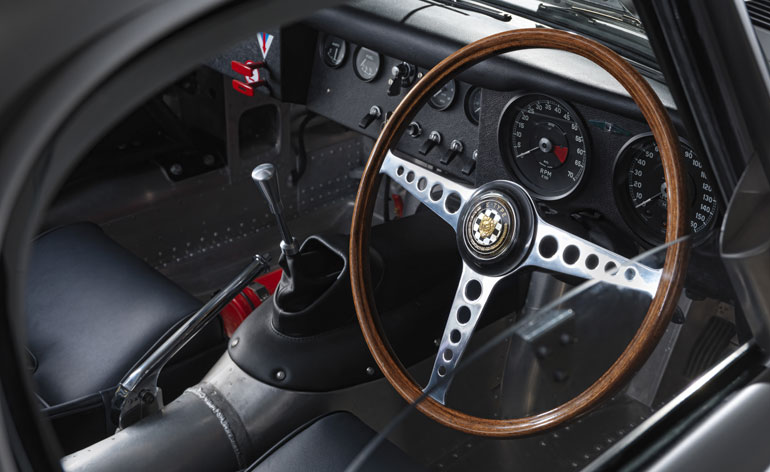
Each car will be unique with customers able to request from a multitude of bespoke interior and exterior options
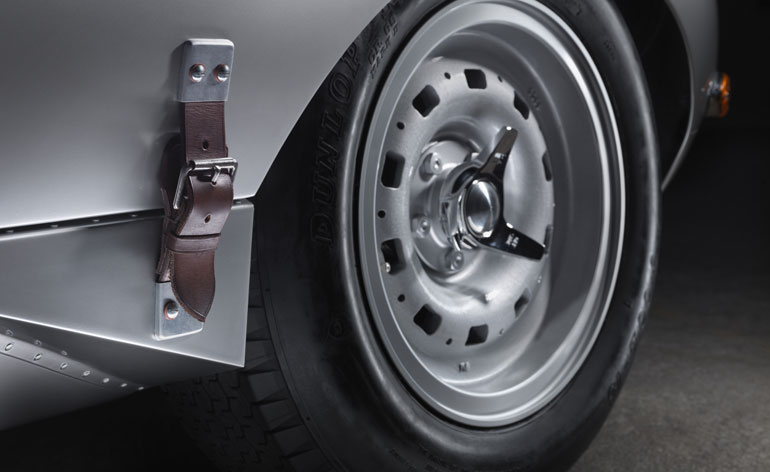
The inclusion of original features, such as this exterior leather buckle, pays homage to the car's design heritage
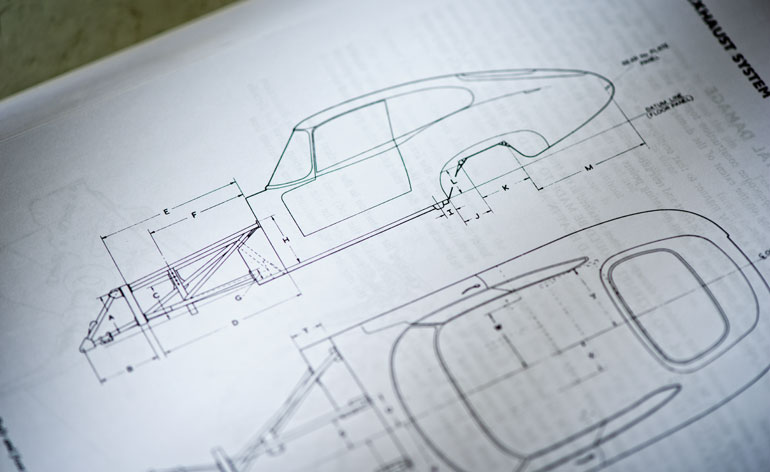
The new E-types are built from the same blueprint as the original 12 vehicles constructed in 1963
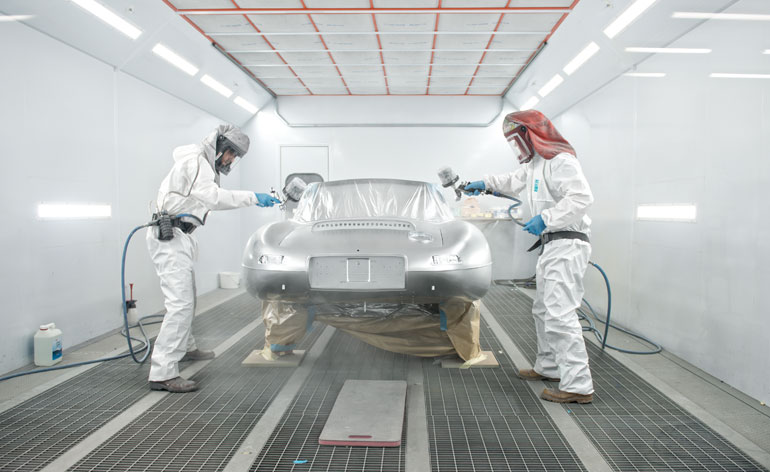
Each car is handmade by skilled craftsmen in a new facility at the company's historic Browns Lane site
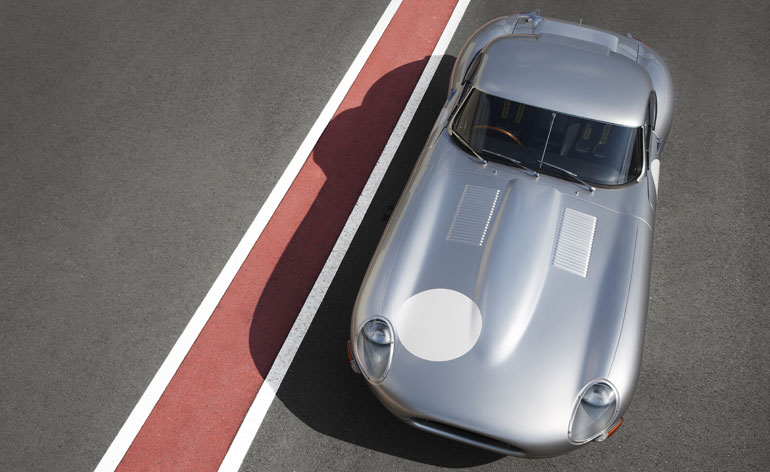
The original cars were pioneering in their use of aluminium and the six modern iterations have been derived from a carefully scanned original

An all-aluminium body makes the Lightweight the favoured choice for racing
Wallpaper* Newsletter
Receive our daily digest of inspiration, escapism and design stories from around the world direct to your inbox.
Jonathan Bell has written for Wallpaper* magazine since 1999, covering everything from architecture and transport design to books, tech and graphic design. He is now the magazine’s Transport and Technology Editor. Jonathan has written and edited 15 books, including Concept Car Design, 21st Century House, and The New Modern House. He is also the host of Wallpaper’s first podcast.
-
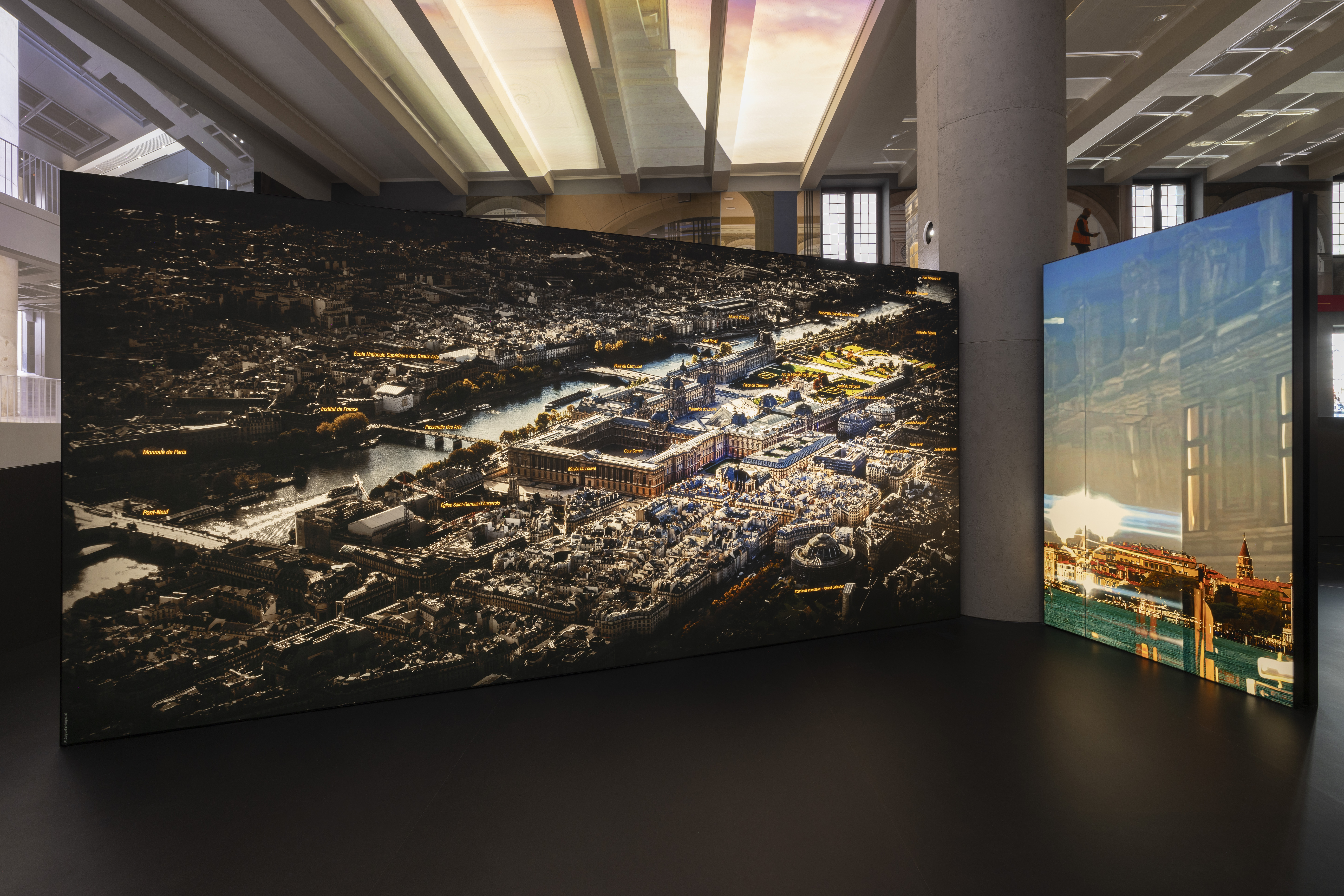 A Venice sneak peek into the new Fondation Cartier pour l’art contemporain by Jean Nouvel
A Venice sneak peek into the new Fondation Cartier pour l’art contemporain by Jean NouvelA new home for Fondation Cartier pour l’art contemporain by Jean Nouvel will open later this year in Paris; in the meantime, the Venice Architecture Biennale 2025 offered the perfect platform for a sneak preview of what's to come
-
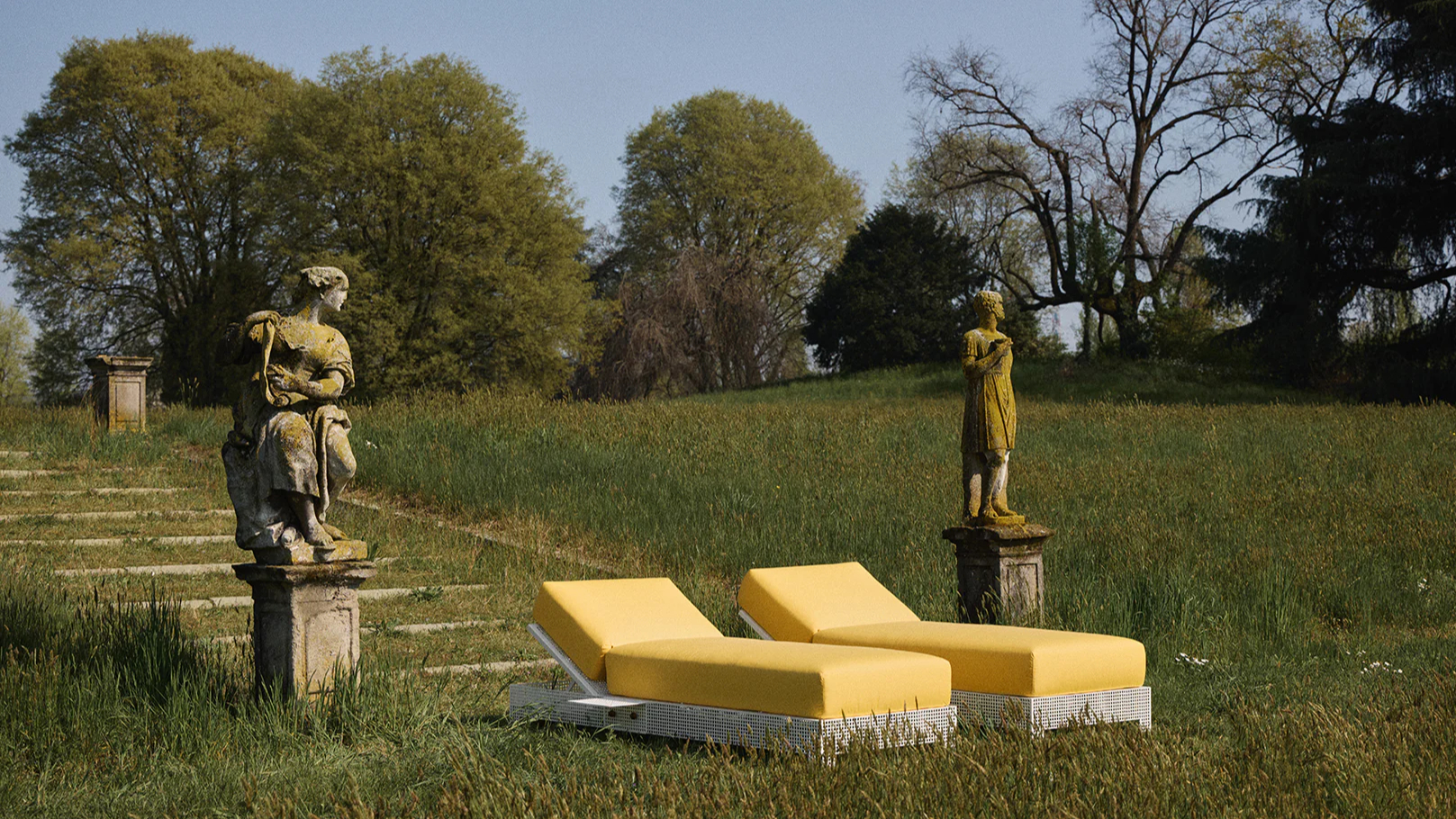 Let's go outside: ten outdoor furniture ranges we love
Let's go outside: ten outdoor furniture ranges we loveOur round-up of outdoor furniture brings together work by leading designers and studios, blending contemporary forms with enduring materials designed to elevate open-air living
-
 Viva Las Vegas: the story behind the Wallpaper* June 2025 cover shoot
Viva Las Vegas: the story behind the Wallpaper* June 2025 cover shootPhotographer Theresa Marx and Wallpaper* fashion and creative director Jason Hughes recount a whirlwind day in Las Vegas – from cruising down the strip to controlling the Bellagio fountains
-
 Jaguar’s big rethink earns its Type 00 concept car a Wallpaper* Design Award 2025
Jaguar’s big rethink earns its Type 00 concept car a Wallpaper* Design Award 2025We salute the forward-thinking and bold choices of the dramatic Jaguar Type 00 Concept, a preview of next year's all-new electric GT
-
 The top 10 concept cars of 2024, as selected by Wallpaper’s Transport Editor
The top 10 concept cars of 2024, as selected by Wallpaper’s Transport EditorWe round up our favourite forays into futuristic design with this collection of concepts and design studies showcasing the transport of tomorrow
-
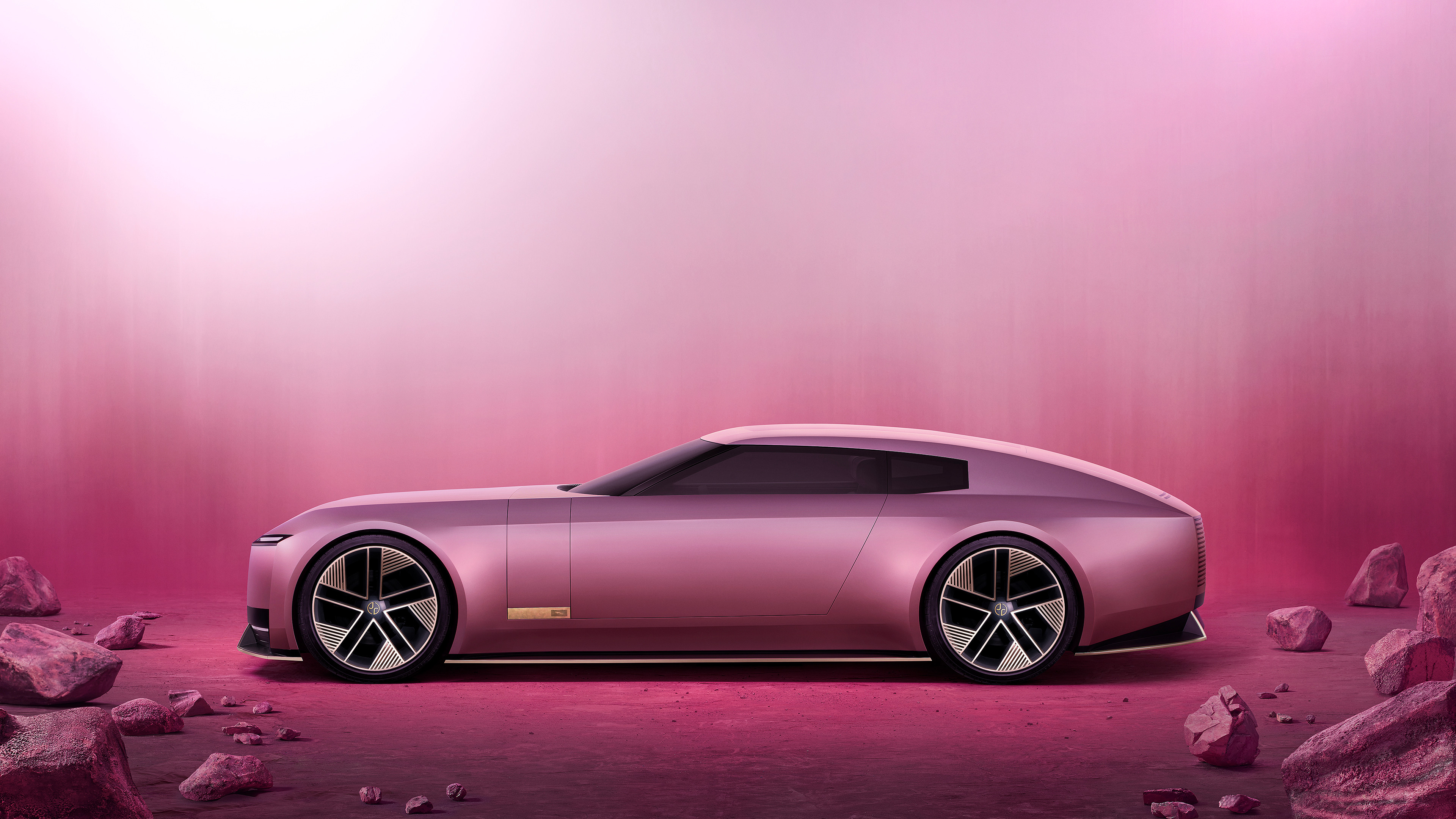 La Vie en Rose: can the Jaguar Type 00 reset the narrative surrounding the brand’s reinvention?
La Vie en Rose: can the Jaguar Type 00 reset the narrative surrounding the brand’s reinvention?This is the Jaguar Type 00, the first physical manifestation of the reborn brand’s new commitment to ‘Exuberant Modernism’. We take it for a semiotic spin
-
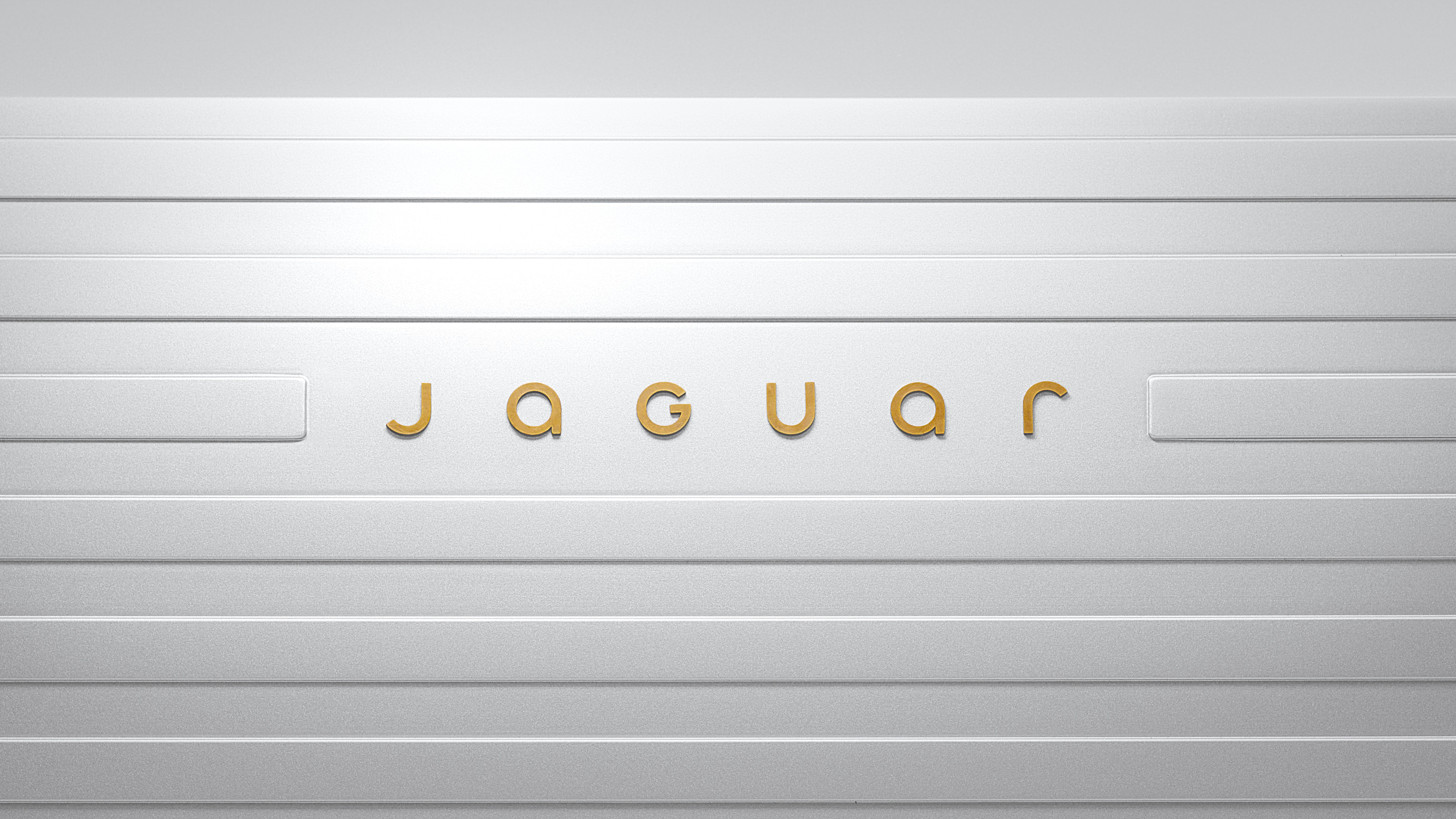 Jaguar reveals its new graphic identity ahead of a long-awaited total brand reboot
Jaguar reveals its new graphic identity ahead of a long-awaited total brand rebootJaguar’s new ethos is Exuberant Modernism, encapsulated by a new visual language that draws on fine art, fashion and architecture
-
 Helm’s meticulously re-imagined Jaguar E-Type features a finely crafted interior by Bill Amberg
Helm’s meticulously re-imagined Jaguar E-Type features a finely crafted interior by Bill AmbergHelm transforms the legendary E-Type into a thoroughly modern machine, upgrading every aspect of Jaguar’s pioneering sports car to an exacting brief
-
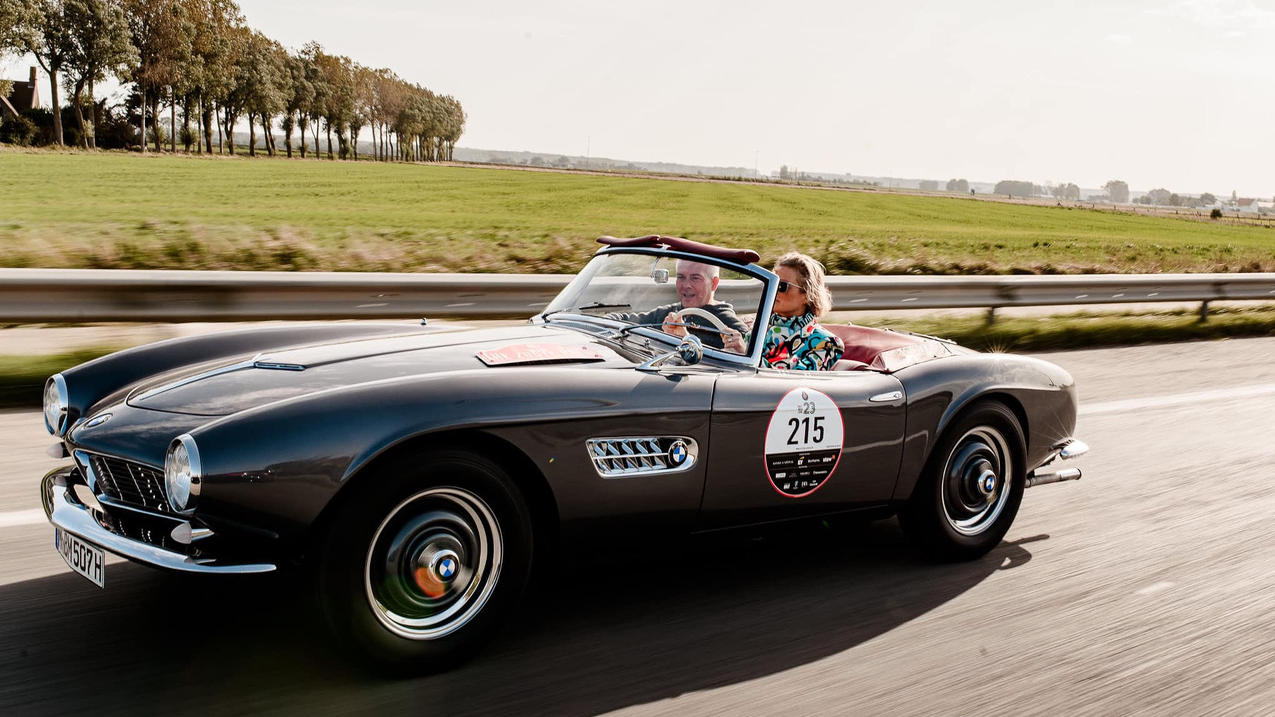 Zoute Grand Prix is a car fest like no other at a pristine Belgian beachside town
Zoute Grand Prix is a car fest like no other at a pristine Belgian beachside townAmy Serafin takes to the well-heeled streets of Knokke-Heist to experience the Zoute Grand Prix, its annual cavalcade of classic car-related events, from a rally to an auction
-
 Jaguar F-Type 75 special edition is the last of its kind as the marque hints at a radical future
Jaguar F-Type 75 special edition is the last of its kind as the marque hints at a radical futureThe Jaguar F-Type 75 will be the last ever V8-powered Jaguar; is it also the end of conventional sports cars for this legendary British marque?
-
 Peugeot’s sparky 308 gets hybrid power and handsome lines
Peugeot’s sparky 308 gets hybrid power and handsome linesThe Peugeot 308 proves that mass-market design needn’t be dull, blending hybrid power with sharp lines and excellent detailing